Trap exercises are in the Bigger back trapezius muscles and Neck of the upper back, which are essential to strengthening your posture, trapezius and shoulder stability, and the aesthetic appearance in your upper body. Trapezius muscles or commonly referred to as the traps, which extend to the mid back of the upper body to the base of the skull, support the neck, hold the shoulders steady and make an individual have a powerful upper body. Trap exercises are used to aid athletes, bodybuilders, as well as fitness fans to enhance good posture, prevent injuries, and develop a strong back that will be V-tapped and good shoulders.
Why Trap Exercises Matter
The trapeze is divided into three sections:
- Upper traps: Shoulder: Raise the shoulders and hold the movement of the neck.
- Middle traps: Pull in, it is important to stabilise the shoulder blades in the course of posture.
- Lower traps: anchor the scapula, which helps to pull and make overhead motions.
Alternating these with regular trap exercises is useful in:
- Posture and stability: Prevents pronounced shoulders and slouching.
- Neck and shoulder conditions: Eliminates the chances of strains in case of heavy lifts.
- Anxiety performance: Enhances pulling, lifting, and raised motions.
- Muscle balance: Compensates the lats, rhomboids and deltoids.
- Aesthetics: Builds more muscle on the back.
Although genetics is a factor in the size of the traps, effective training, progressive overload and good nutrition can be effective in enhancing muscle growth over time.
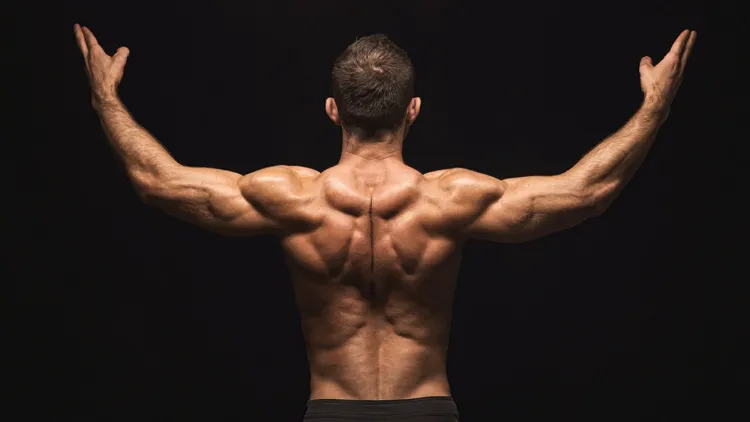
Best Trap Exercises
1. Barbell Shrugs
The upper traps can be best exercised with barbell shrugs.
- How to perform it: Hold a barbell with the hands straight, and the position of the hands at the level of the shoulders. Shoulder shrug to the maximum, then freeze on the top, followed by a slow descent.
- Why it is effective: This isolates the upper traps to a better extent than virtually any exercise.
- Training tip: Do not roll your shoulders, but pull them up and down in a straight line; this is a safer and more effective contraction.
2. Dumbbell Shrugs
Dumbbell shrugs offer a natural location of motility.
- The technique: Put a dumbbell in your hands, one at a time. Lift your shoulders with your arms at a right angle.
- Why it works: This assists in eliminating imbalance and allows freedom in changing the grip.
- Training effect: One to two seconds of squeeze is considered the maximum recruitment of the muscles.
3. Face Pulls
One of the best accessory movements to the middle and lower traps is face pulls.
- How to do it: Roge to a cable machine at face level. Pull the rope to your face; you have flaring elbows.
- Why it works: Builds traps and rear delts, enhancing shoulder stability and posture.
- Training tip: Pull other than using your arms, but with your traps and rear delts.
4. Upright Rows
This motion is aimed at the joint use of traps and shoulders.
- How to perform it: Using dumbbells or a barbell, straight draw-up, elbows raised above wrists and straight upwards till you touch your chin.
- Why it is effective: It exercises traps and lateral delts, which make it help in thickening the upper body.
- Training tip: The moderate weight and controlled shape should also be used to avoid impaction of the shoulders.
5. Farmer’s Carry
Among the easiest and at the same time most efficient trap exercises.
- Instructions: Hold a heavy-weight dumbbell or kettlebell in your hands when you are walking through a specified distance or time.
- Why it works: The traps, stability in the core, and gripping, which occur in the trains.
- Training guideline: Be straight-backed, and do not hunch your shoulders forward.
6. Rack Pulls
Variation of deadlift that focuses on smashing the traps during heavy lifting.
- Procedure: Place the barbell over the safety pins at knee height. Enter the rear to lockout with the bar and back in a neutral position.
- Why it works: The greatest tension is placed on traps and the other erectors without the entire deadlift movement being possible.
- Training tip: Work on wringing your traps at the apex of the reps in order to promote growth.
7. Deadlifts (and Variations)
The traps are trained in an indirect manner by the use of standard and Romanian deadlift (RDLs).
- The reason why it is effective: Heavy pulling develops the traps, spinal erectors, and lats simultaneously.
- Training suggestion: Pack the shoulders down and back to use the traps during the pull.
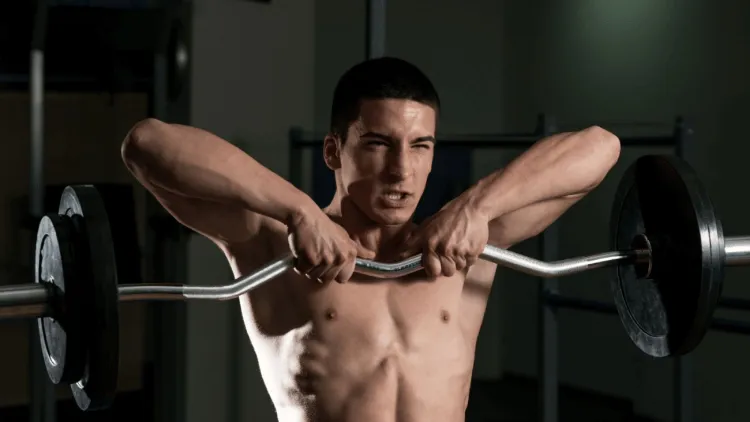
Training Tips for Bigger Traps
- Progressive loading: Each time, add more weight, reps, or sets to facilitate development.
- Mind-muscle connection: an active contraction of the traps instead of the passive movement of the weight.
- Volume: The majority of lifters find 12-20 sets per week to be divided into two sessions.
- Variety: Jack of all trades. Do upper, middle and lower exercises to promote balanced growth.
- Push vs. pull: Most trap activities are pulling in nature and only a few, but significant, shaping (like overhead presses) develop the traps.
- Placement: Traps can be trained on call on either consistently back or shoulder day, as it works best in your program.
Common Mistakes to Avoid
- Shoulder rolling during a shiver is not beneficial and may cause joint damage.
- Stroke: Swinging masses have the effect of footloosing tension on the traps.
- Loss of the lower traps: fixing on the upper traps only makes one have an imbalance.
- Overtraining: Performing a daily allowed number of shrugs will not accelerate the specialisation; there must be rest.
- Poor posture not related to the gym: Rounded shoulders when not in the gym, Forward head position or poor sleeping positions might influence trapezius functions and trapezius growth.
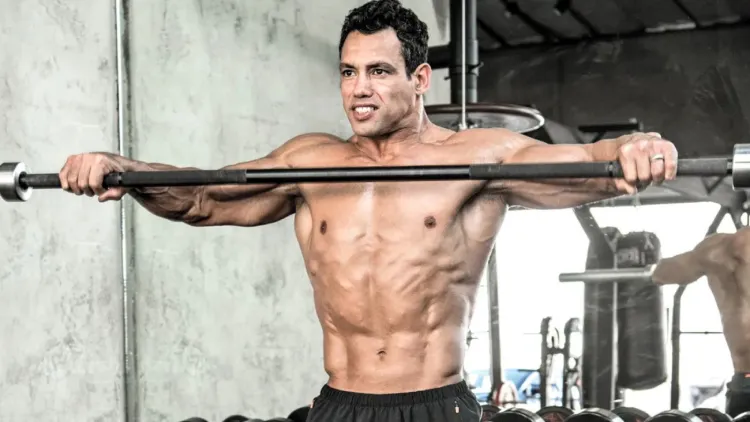
Beyond Shrugs: Activating and Growing Your Traps
- Activation exercises: Lightweight shrugs or band pull-aparts should be done in front of a heavy pulling to stimulate the traps.
- Large lifts are important, including deadlifts, rack pulls, and heavy rows, which are also beneficial for the development of the trap.
- Lat training synergy: Firm lats are a complement to traps, which must be used to attain a great V-taper. Combine such exercises as lat pulldowns, pull-ups and T-bar rows.
- Shoulder stability exercises: Build on the back delts and rotator cuff in order to encourage trap exercises and minimise the risk of injury.
- Factor attractiveness: Full-fledged traps provide bulk to the neck-shoulder region that makes most people appear more sportive and impressive.
Sample Trap Workout
Day 1 (Back Focus):
- Deadlifts – 4 sets of 6 reps
- Face Pulls – 3 sets of 15 reps
- Carry 3 x 40secs with Farmer.
Day 2 (Shoulder/Upper Back Focus):
- Barbell Shrugs – 4 sets of 12 reps
- Upright Rows – 3 sets of 12 reps
- Rack Pulls – 3 sets of 8 reps
This arrangement twice per week puts the harness through traps, sufficient to grow and giving time to rest.
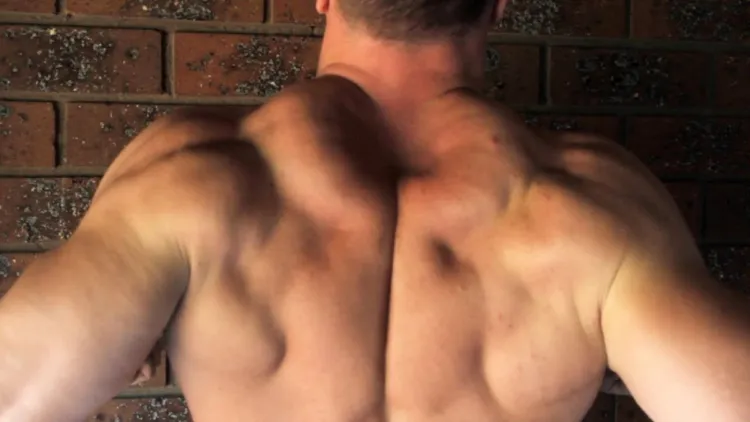
Tips to Maximise Results
- Food: Good protein and energy are needed for muscle building.
- Recovery: Traps are seen to recover and grow with quality sleep and management of stress.
- Track your progress: Take photos or measure to determine whether your traps are increasing.
- Posture in daily activities: Sitting upright and head straight during activities other than gym exercises, good trap muscle.
Frequently Overlooked Factors
- Genetics: A cursed few are blessed with big traps, but regular training can make anybody a lot bigger and more defined.
- Selection of exercises: Although it is indeed effective, exercises like shrugs are not the only ones to build traps; other exercises, such as deadlifts, rowing and carrying, can work as well.
- Balance of pushing and pulling: ensure equivalent weight load on pressing and pulling all the time, so as not to give too much load on the traps in the course of shoulder circles.
- No overuse: In case traps take over the movement of the shoulders, make sure you use the delts first before traps take over.
- Squats- traps: Heavy squats also impose an isometric load on the traps, which adds to the overall strength of the upper back region.
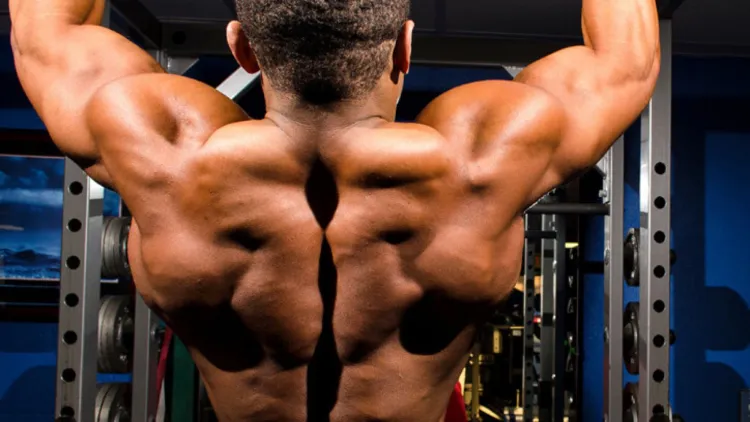
Conclusion
A strong, stable and good-looking upper body is possible only with training of the trapezius muscles with the help of regular trap exercises. The trick is to mainly focus on progressive overload, proper form, and balanced programming: barbell shrugs or deadlifts or rack pull, or face pull. Not only does a better posture and lower risk of injuries due to the strength of the traps, but the desired V-taper and appearance of a being with a massive back is aided as well.
With the combination of direct trap work, big composite lifts, healthy nutrition and intelligent restorative results, anyone can build impressive traps – whether beginning at a high level or with bad genetics. These motions will not only make your routine now, but in just a little time, you will have a stronger, wider, more self-confident upper body.
Frequently Asked Questions
1. How frequently must I work on trap exercises?
Good performance due to training traps 1-2 times per week is observed in the majority of people. Target 1220 total sets on the varied trap exercises and at least 48 hours of interval between the sessions.
2. Are the best exercises to trap include the use of struggles?
Shrugs may be used as a top-down preferred movement; however, they can be used with a combination of face pulls, farmer carry, rack pull, and deadlift to develop all parts of the trapezius to achieve equal muscle development of the trapezius.
3. What day should I train traps back or shoulder day?
Trap exercises can be included in either of the days, either the back or shoulder day. Their work is in both pulling and stabilising, so you should find the day that would best fit with your training split and recovery.
4. Are trap exercises effective in improving posture?
Yes. Trapezius muscles are strengthened to stabilise shoulder blades, decrease scolding and support the neck, resulting in the improvement of posture and a decrease in injury risks.







